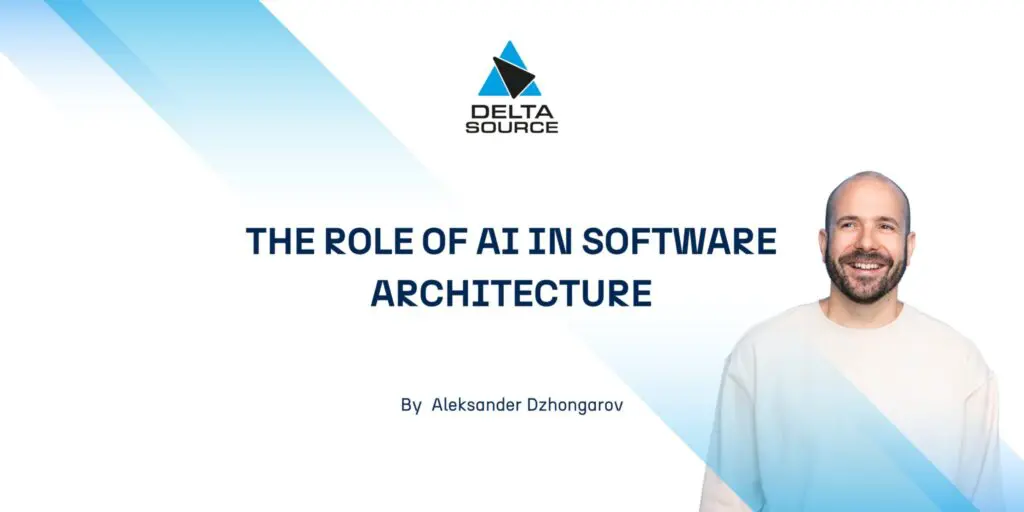AI as a new team member
Artificial intelligence (AI) systems like ChatGPT are rapidly evolving, demonstrating remarkable capabilities such as generating functional code that can be tailored and integrated into existing projects. This breakthrough signifies a potential shift in software development dynamics, where AI could become a valuable collaborator in architectural endeavors. However, it is essential to maintain a critical perspective and subject AI-generated code to the same rigorous scrutiny as human-written code.
AI as an architectural assistant
AI tools can serve as tireless assistants, supporting various architectural tasks. They can expedite the creation of proof of concept (POC) implementations, generate documentation in formats like PlantUML, and aid in the extraction of architecture-relevant requirements from extensive documentation. AI can even provide insights into existing code, potentially saving time and effort in understanding complex or poorly documented codebases.
The impact of AI on the activities of software architects
When examining the core activities of a software architect, AI’s potential impact becomes apparent:
-
Requirements and Constraints Clarification: AI can efficiently sift through requirements documents, identify potential architectural constraints, and highlight relevant requirements.
-
Structure design: AI can contribute to the initial stages of design by assisting with POC development. Additionally, AI can generate code and documentation for finalized structures.
-
Cross-Sectional Concept Design: AI can aid in conceptualizing cross-cutting concerns and generating accompanying documentation, including diagrams.
-
Architecture evaluation: AI can support the creation of evaluation checklists and other assessment materials.
-
Architectural communication: AI can potentially translate architectural concepts into a universally understood language, facilitating communication among stakeholders.
-
Implementation support: AI can generate code and interface contracts (e.g., using OpenAPI) to support implementation efforts.
Limitations and future potential of AI in architecture
While AI offers promising capabilities, its analytical and communication skills are still nascent. The role of the software architect will undoubtedly evolve in response to AI advancements, but the core responsibilities will persist. The relationship between software architects and AI is symbiotic, with both parties poised to learn and benefit from each other.
AI’s current limitations underscore the importance of human oversight. AI systems operate based on statistical probabilities and lack genuine comprehension of their actions. Consequently, AI can be likened to an apprentice requiring active guidance and training.
Human-AI collaboration: “Human in the Loop”
The optimal approach to integrating AI into architectural work is through a collaborative model known as “Human in the Loop” (HITL). In this model, human architects play a crucial role in ensuring the quality of data and intermediate results used by the AI. A specific form of HITL is the Socratic Dialogue, where architects engage in a question-and-answer process with the AI, critically evaluating and refining the AI’s responses. This iterative approach ensures that the AI’s output aligns with the architect’s goals and expectations.
Conclusion
AI represents a transformative force in software architecture, offering a suite of tools that can enhance productivity and streamline architectural processes. However, it is crucial to maintain a discerning approach and recognize AI’s limitations. As AI continues to advance, the roles and responsibilities of software architects will inevitably shift. Embracing AI as a valuable tool while preserving human critical thinking and oversight will be essential for navigating the future of software architecture. The ongoing dialogue surrounding AI and ethics will further shape the responsible and beneficial integration of AI into the field.
